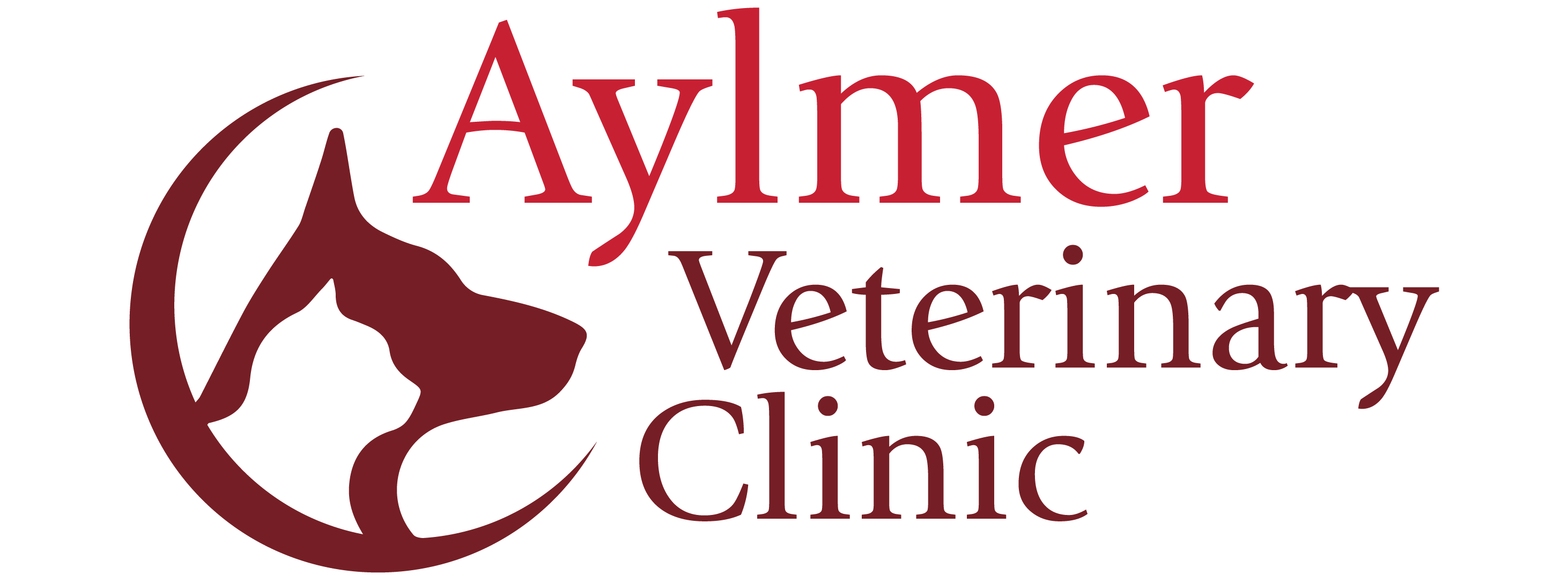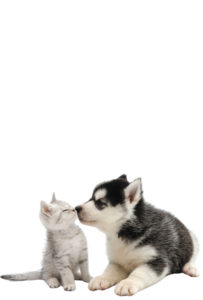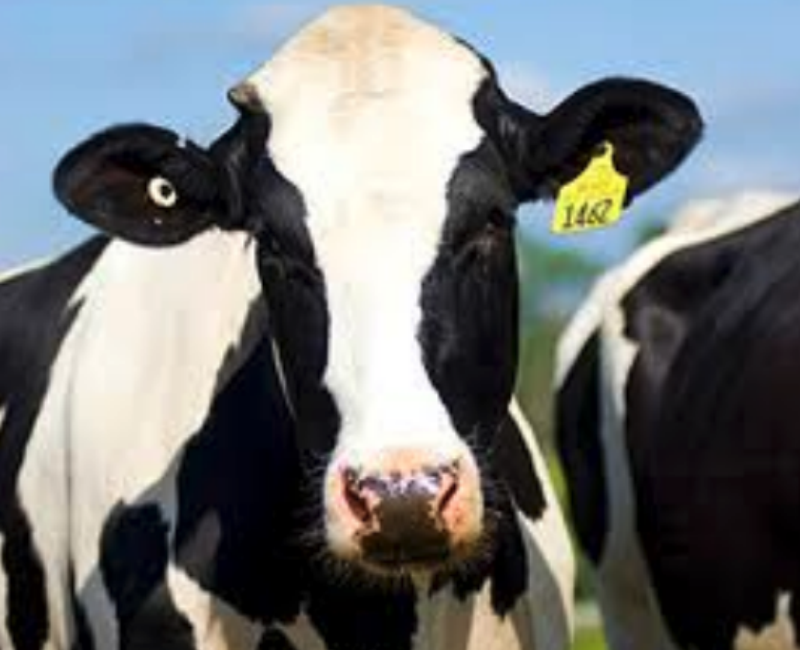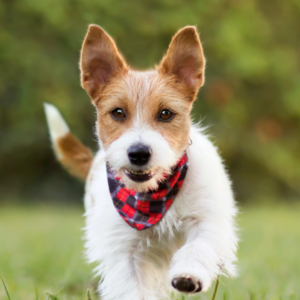Our clinic works with cattle as well as the pets we see in the clinic, and we thought that some of you might be interested in some of the ways technology is affecting cattle farming, especially dairy farms. While the fundamentals of personal care for the cattle, and providing quality food and housing haven’t changed, many other parts of dairy farming have changed.
We are planning a series of blogs about technology on dairy farms, interspersed with our regular blogs on various aspects of pet care. If you find these of interest let us know and we will continue them.
Identification
In the past, dairy farms tended to be small operations, and the cows were known simply by names, such as “Bossy, Elsie, etc.”. With few cows in the herd, the farmers knew them just by glancing at them. Holstein cattle (the black and white dairy cows) have different markings, and registered cows would have drawings made of them on their registration papers so they could be identified.
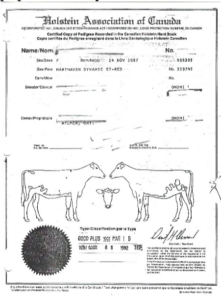
As the herds got larger, it was harder to tell them apart, so ear tags with a number written on them were used. Ear tags are still the foundation of identifying cows, but they have seen changes over the last number of years.
Cattle now have an ear tag that emits a low-frequency radio wave. These RFID tags usually have a flap with a number written on it like the old tags so that they can be read easily from a distance. There is also a button that emits the signal that can be read by a wand or other reader, much like scanning a barcode. While the cow is in a head gate or being milked, the wand can be passed near the ear to read the number.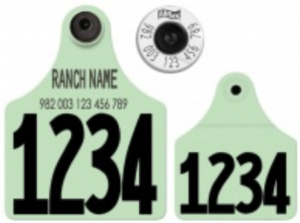
Once the ID number is read, it can be transmitted to a computer or smartphone, which can then bring up all of the cow’s information, such as her family history, milk production, vaccination and treatment history, etc. This can help the farmer quickly make decisions about treatments, breeding, or moving cattle from one pen to another.
All cattle in Canada must have an RFID tag to leave the farm, whether it is to go to a cow show or sale, for slaughter, or even for rendering if they have died. This is very important since each tag number is registered to an individual farm. If a disease shows up, then the cow can be traced back to her herd of origin, so that any potential outbreak of disease can be located and controlled.
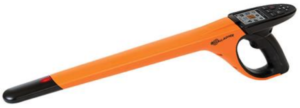
While these ear tags may not seem to be overly high-tech, or exciting, it is the basis of many of the innovations we will cover in the future.
Written by Dr. Jim Raddatz
